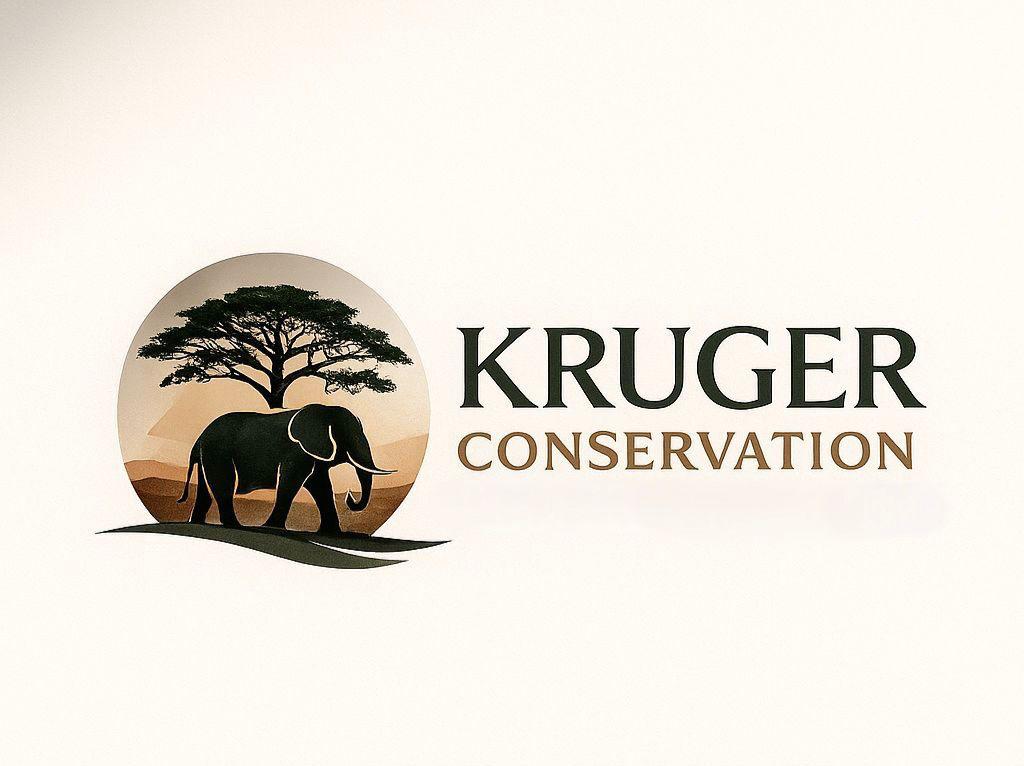The Heartbeat of Africa: How the GreaterKruger Region Shapes Global Biodiversity
- krugerconservation

- Oct 21
- 3 min read

As the sun rises over the Lowveld, golden light shimmers across vast plains dotted with acacia trees, termite mounds, and ancient mopane trees.
This is the moment when Africa breathes.
The sounds of the morning, the distant trumpet of an elephant, the melodic call of a hornbill, are more than nature’s soundtrack.
They are part of a symphony that has played for millennia: the song of the Greater Kruger Region.
What makes this landscape truly extraordinary is not just its beauty.
It is its global significance for biodiversity, an ecological masterpiece whose complexity and scale are rarely matched anywhere on Earth.
A Mosaic of Life
Covering over 35,000 square kilometers, an area nearly the size of the Netherlands, the Greater Kruger
Region ranks among the largest contiguous wildlife conservation areas in the world.
It encompasses the famed Kruger National Park (about 20,000 km²) as well as numerous surrounding private
and community reserves.
Private reserves are far more than appendages to the national park. They are engines of innovation and
change, pioneering approaches in wildlife management, anti-poaching technology, and sustainable tourism.
Unlike large parks, often slowed by bureaucracy, private reserves can react quickly, experiment, and adapt, demonstrating what flexible 21st-century conservation looks like.
Volunteer programs, like "Tracks of Purpose" , allow people, many of whom have never experienced true wilderness, to engage directly in protection efforts. Witnessing an elephant up close or tracking a hyena’s footprints in the morning dust fosters understanding and connection. Such experiences create awareness, and awareness is the seed of real change.
The Science Behind the Beauty
Beneath the landscape’s magic lies solid science. According to SANParks, the Greater Kruger Region hosts
around 147–148 mammal species, more than 500 bird species, 336 tree species, and several thousand additional plants, including grasses, herbs, and bulbs. This astonishing richness forms a resilient and intricate web, where every species, from the largest elephant to the tiniest insect, plays a vital role in maintaining ecosystem balance.
Compared to other renowned parks, the Greater Kruger Region scale and diversity are unparalleled.

Yellowstone in the United States, for instance, supports significantly fewer mammal species, and Chitwan in Nepal focuses on specific species such as tigers. Kruger, by contrast, hosts thousands of elephants, hundreds of lions, and numerous other large mammals, creating unique ecological dynamics that vary depending on survey methods and boundaries.
Yet the true strength of the ecosystem lies not only in megafauna. Small actors, dung beetles recycling
nutrients, bats controlling nocturnal insects, bees pollinating wild plants, are just as crucial. Every organism is a cog in nature’s clockwork, and the Greater Kruger Region is one of the few places where this clock still ticks largely undisturbed.
Challenges: Elephant Overpopulation
Where life flourishes, new challenges arise. The elephants of the Greater Kruger
Region are a prime example. Today, over 37,000 elephants roam this landscape, far
more than the ecosystem can sustainably support. Their numbers reshape habitats, damage mature trees, and
influence entire food chains.
For a deeper dive into elephant overpopulation in Kruger, see our previous post https://www.kruger-
An Alliance of People and Wilderness

Conservation in the Greater Kruger Region is no longer an isolated endeavor. It is collaborative, transboundary, and visionary. The Greater Limpopo Transfrontier Conservation Area (GLTFCA), linking South Africa, Mozambique, and
Zimbabwe, embodies this philosophy: elephants follow ancient pathways once again, rivers connect habitats,
and local communities directly benefit from ecotourism. Small reserves play a crucial role. They create jobs, train rangers and guides, and transform conservation into a livelihood.
Biodiversity is not only protected: it is actively experienced, celebrated, and passed on.
Why Kruger Matters to the World
The Greater Kruger Region is not an isolated natural paradise; it is a global symbol, proof that biodiversity is
not a footnote, it is life itself.
Just as the Amazon sustains the lungs of our planet and the Great Barrier Reef reflects the health of the seas,
the Greater Kruger Region is the heartbeat of African wilderness. When this pulse falters, the world loses not
just species: it loses balance, connection, and identity.

A Call to Action
What happens here is more than conservation.
It is courage in action.
It is proof that small reserves, local communities, and international science can achieve remarkable things
together.
You can be part of this story. Support the Greater Kruger Region by donating, joining our volunteer
programs, or participating in a working holiday. Every contribution helps protect wildlife, empower
communities, and ensure that the symphony of Kruger continues for generations to come.
Final Thought:
The Greater Kruger Region shows that true conservation is not a project: it is a mindset. Every decision,
whether in a reserve, a village, or at a desk halfway across the world, shapes the bigger picture.
In the language of nature, it is not about who is big or small: it is about who acts.


Comments